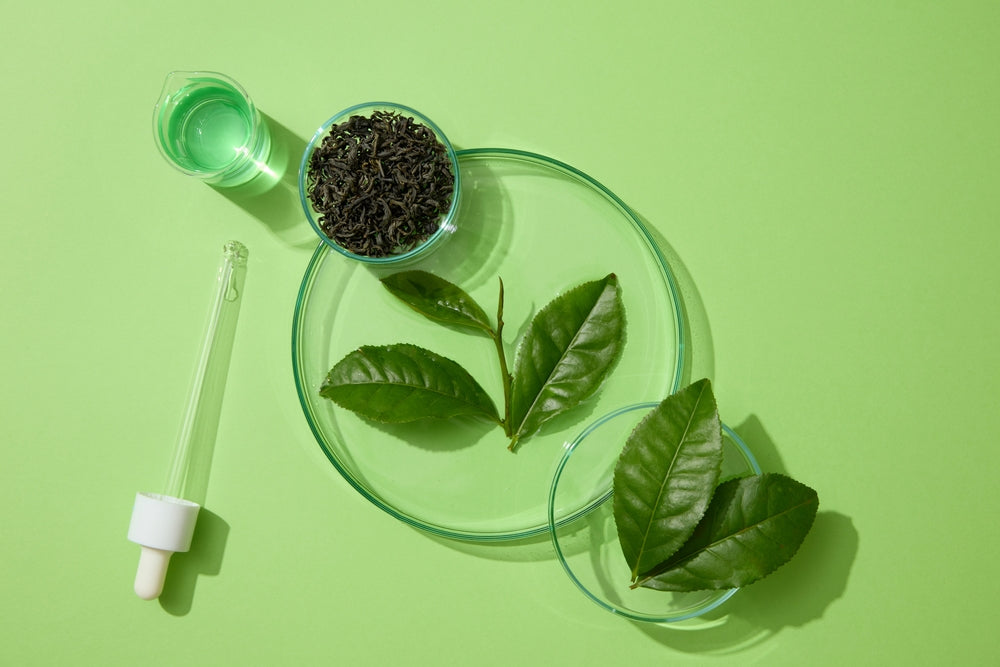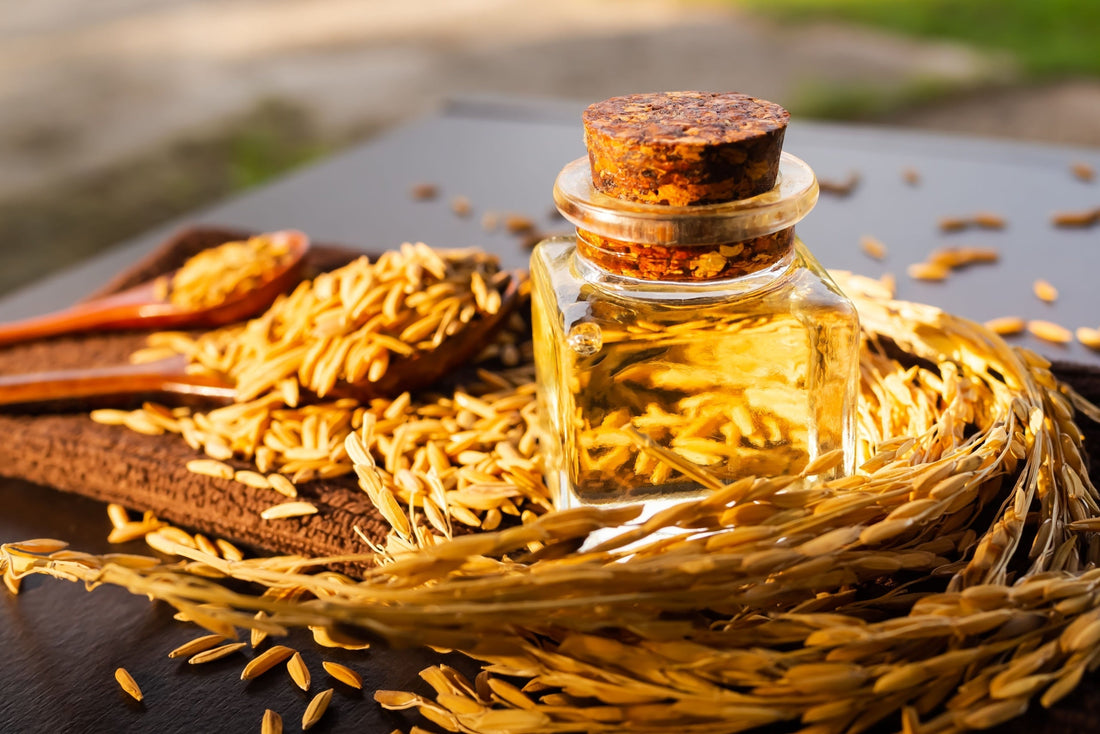Knowing certain things about yourself is easy. You may like cats better than dogs, coffee better than tea, and being outdoorsy instead of staying at home. But what about your skin? Does it seem perpetually rough, itchy, or dull looking?
Deciphering whether or not your skin is dry, dehydrated, or both (yes – that does happen) isn’t necessarily an easy task, so we thought you might appreciate a little insight to make dealing with it a bit easier.
First Things First
Dryness and dehydration are two different things. The first is a skin type; the second is a skin condition. And to complicate matters further, even oily skin can be dehydrated. *sigh* If your face feels tight, especially after cleansing, this may be the first indicator that your skin is dry. But before you carve that fact in stone, remember that cleansers play a role in how your skin feels. The higher the pH, the drier or more stripped skin can feel immediately after cleansing. Take a look at your cleanser and give it some serious side-eyeing if it makes loads of foam and feels more like shaving cream than liquid.
Dry skin can also feel rough or flaky to the touch or just downright itchy at times. Once again, texture alone doesn’t tell the entire tale. Environmental factors, like cold winter air and wind, may also be contributing to your skin’s dryness.
This additional symptom may be more reliable than the other two, so take note. Dry skin appears almost poreless, like porcelain. And while your friends may envy and compliment you on that attribute, your skin’s sebum production – or lack thereof – may be the deciding factor in whether or not you truly have dry skin.
Shower Your Skin to Simulate Sebum
Underactive sebaceous glands are generally to blame when skin is dry. Hormones, aging, and genetics also factor in, and all of these conditions reduce the body’s ability to produce the necessary combination of triglycerides, fatty acids, wax esters, squalane, and cholesterol that keep skin feeling supple.
Thankfully, you don’t have to resign yourself to living with that tight, uncomfortable feeling permanently. Try switching to a cream-based cleanser instead of something that foams up. Grain- or seed-based oils, like rice bran or avocado, remove sunscreen and makeup while preventing moisture loss during cleansing. Adding a facial oil to your routine will also keep your skin supple, and it’s a great way to seal in moisture overnight. Squalane, camellia, or jojoba oil work exceptionally well.
Dehydration Is an Entirely Different Thing
Want to know the easy way to remember the difference between dryness and dehydration? When your body is dehydrated, it’s lacking in hydration – aka water. It seems simple enough, but inadequate water intake is only one of several things that can deplete hydration. Weather conditions, diuretic beverages like coffee, tea, or caffeinated soda, diet, and lack of sleep can zap skin’s moisture levels.
You can bet your skin is dehydrated if your fine lines come and go or if your sebaceous glands start pumping out oil like crazy. The skin actually tries to correct dehydration by upping its sebum output, which is why balancing both internal and external hydration can make fine lines less visible and dull-looking skin more radiant.
Hyaluronic Acid Makes a World of Difference
If you’ve upped your water intake but still need something topical to treat dehydration, hyaluronic acid is your best friend. It grabs moisture from the air and binds it to your skin. Bulgarian Rose Otto oil can also balance dehydrated skin without making it oiler, so don’t be afraid to try a facial oil. You may also benefit from adding a humidifier to your office and bedrooms, so your skin can draw in moisture passively while you work or sleep.





